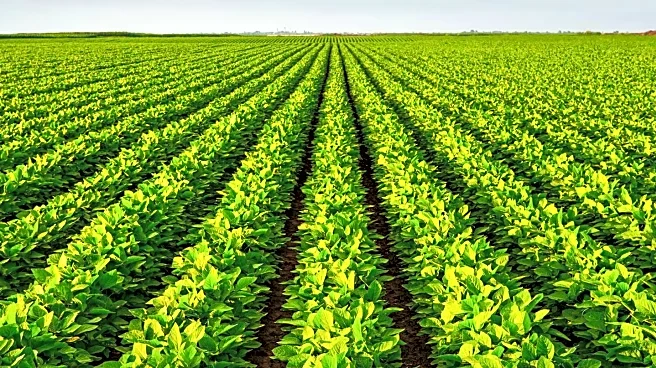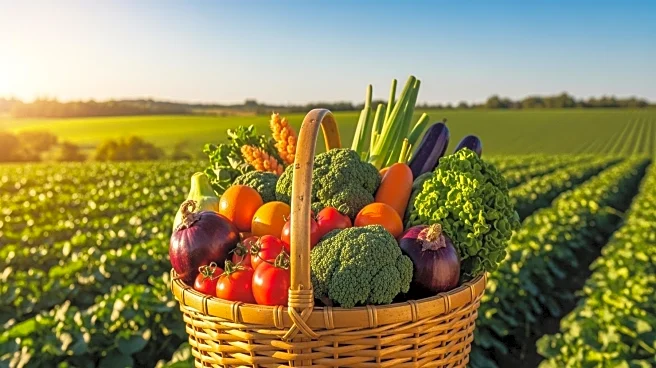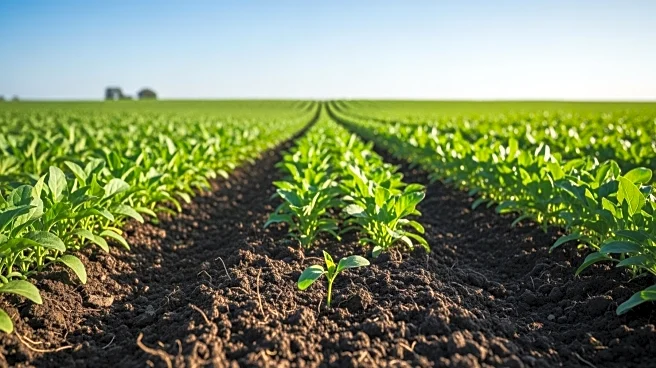What's Happening?
Regenerative agriculture is gaining attention as a sustainable farming practice that emphasizes working with natural systems. This approach involves rotational grazing and mimicking natural processes to enhance soil health and biodiversity. Farmers like Brian Castner are implementing these methods to create resilient ecosystems on their farms. By focusing on soil health and integrating wildlife into farming practices, regenerative agriculture aims to produce healthier food and improve environmental outcomes.
Why It's Important?
The adoption of regenerative agriculture has significant implications for the agricultural industry and environmental sustainability. By prioritizing soil health and biodiversity, this approach can lead to more resilient food systems and reduce reliance on chemical inputs. It offers a pathway to address environmental challenges such as soil degradation and loss of biodiversity. For consumers, regenerative agriculture promises healthier food options and a more sustainable food supply chain.
What's Next?
As interest in regenerative agriculture grows, more farmers may adopt these practices, potentially leading to broader industry shifts. Policymakers and agricultural organizations might support these efforts through incentives and research funding. The movement could also influence consumer preferences, with increased demand for sustainably produced food. Collaboration between farmers, researchers, and policymakers will be crucial in scaling regenerative agriculture and realizing its benefits.
Beyond the Headlines
Regenerative agriculture challenges traditional farming paradigms and encourages a holistic view of ecosystems. It raises ethical considerations about land use and the relationship between agriculture and nature. By fostering biodiversity and soil health, this approach could contribute to long-term environmental resilience and climate change mitigation. The movement also highlights cultural shifts towards valuing sustainable practices and reconnecting with natural processes.










